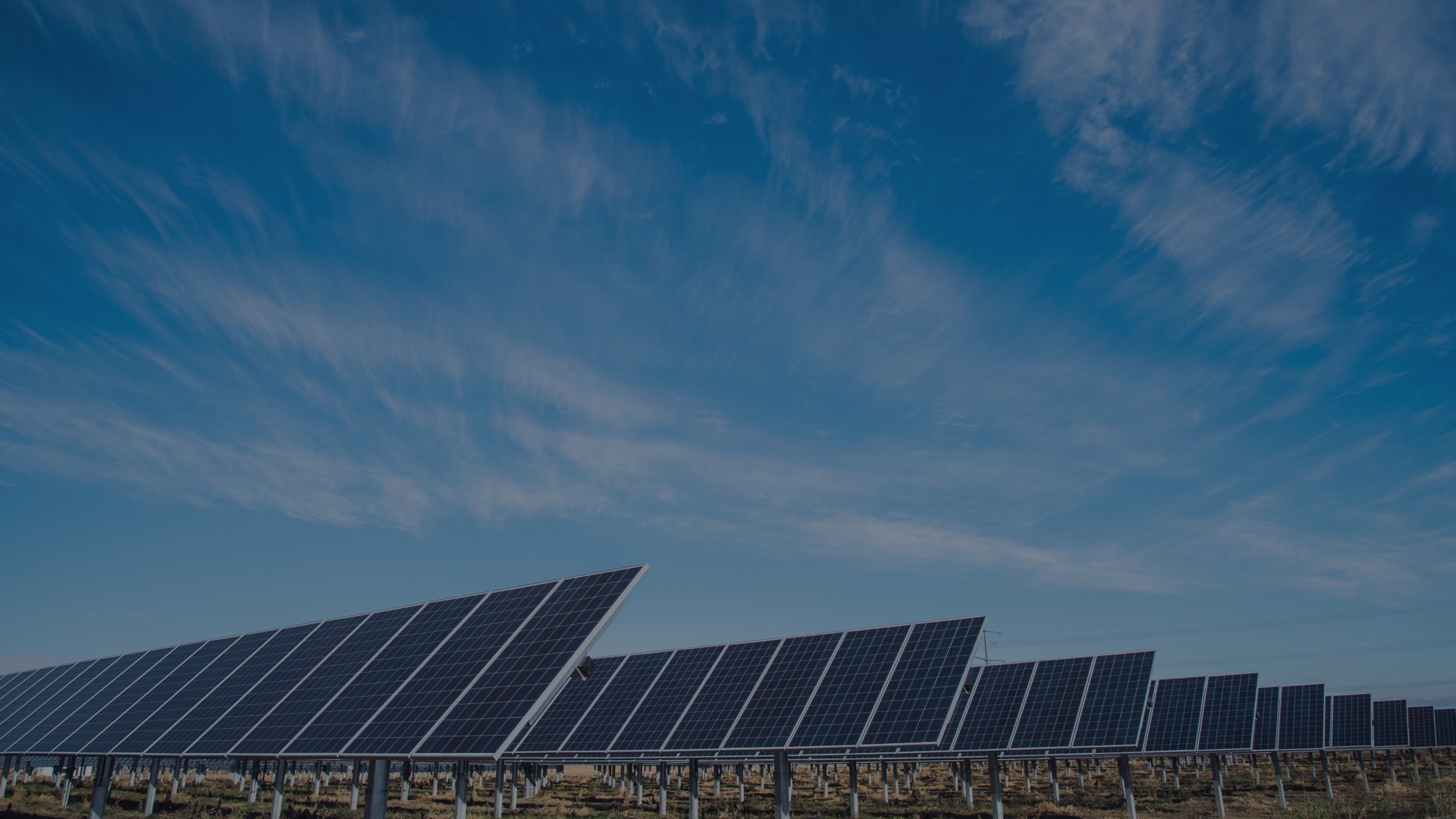| Solar panels should become common sights in a decade |
By Mike Wooldridge in RajasthanTraditional sources of energy in India are set to make a slow but gradual transition to renewable sources like solar energy.
The government hopes 10% of power generation will come from non-conventional forms of energy by the year 2012.
An ashram in Rajasthan has put in place the world’s largest solar powered steam cooking system. Thirty-four thousand people can be fed in a day.
| Dirty feelings, evil thins, will not come in the mind after having this food because it is pure |
| Diner at Rajasthan ashram |
They have a particular reason for turning to the sun as an energy source at the ashram.
Their underlying philosophy is harmony of the mind. Why not, they asked themselves, take steps to bring harmony to day-to-day life as well?
The food is cooked by celibates with the idea that it results in pure food that will purify the mind. The method of preparation cuts out pollution and it saves on precious resources.
| Serving up pure food |
It goes down well with those on the consuming end.
“Dirty feelings, evil things, will not come in the mind after having this food because it is pure, cooked by solar cookers,” says one diner.
“It is the purest form of energy which is cooking the food. All the ingredients are well preserved,” says another.
“So that’s why it tastes better, it is more hygienic, it is more healthy,” he adds.
Resisting change
But in a kitchen in Old Delhi they do it the traditional way.
Wood remains the source of more than 80% of household energy in India, and the figure is much the same across the sub-continent.
| Soaking up India’s abundant sunshine |
Little wonder that tree cover is declining. Plainly not just due to inertia, or government policies. Attitudes come into it.
The head cook insists that the flavour is enhanced if the food is prepared this way.
“You get the taste if the food is cooked with wood. You can’t get it with more modern methods,” says the cook, Haji Abdul Hakim.
“It is hard work and takes time but the food tastes better,” he says.
| Modern technology in a traditional village |
Not only is awareness of the more environmentally friendly alternatives low and the initial investment required high.
India is still at the stage of seizing any sources of power to meet the needs of a population of virtually a billion and the pressures to allow the economy to grow as fast as possible.
Rural power
In Rajasthan, the village near the ashram is seeing the benefits of the Brahma Kumaris’ enthusiasm for solar power.
Most homes now have solar panels on their roofs. It means school homework can now go on into the night.
| Golo Pilz: ‘We believe in a golden age’ |
There is a long way to go but they lay claim to pioneering a new age.
“We save a lot of fuels which is an economical reason. Another reason is we can demonstrate that such a technology is available and can be used on a large scale and thirdly it fits very nicely with our philosophy,” says Golo Pilz, solar energy expert of the Brahma Kumaris.
“We believe in a golden age, that a golden age is coming and we believe that such technologies will be used there,” he says.
They may be India’s most striking example of harnessing the power of the sun but the solar panel should become an increasingly common sight as the technology improves and becomes more trusted.
In the pipeline is a plan that within a decade more than a million households will be soaking up the free benefits of India’s abundant sunshine.
